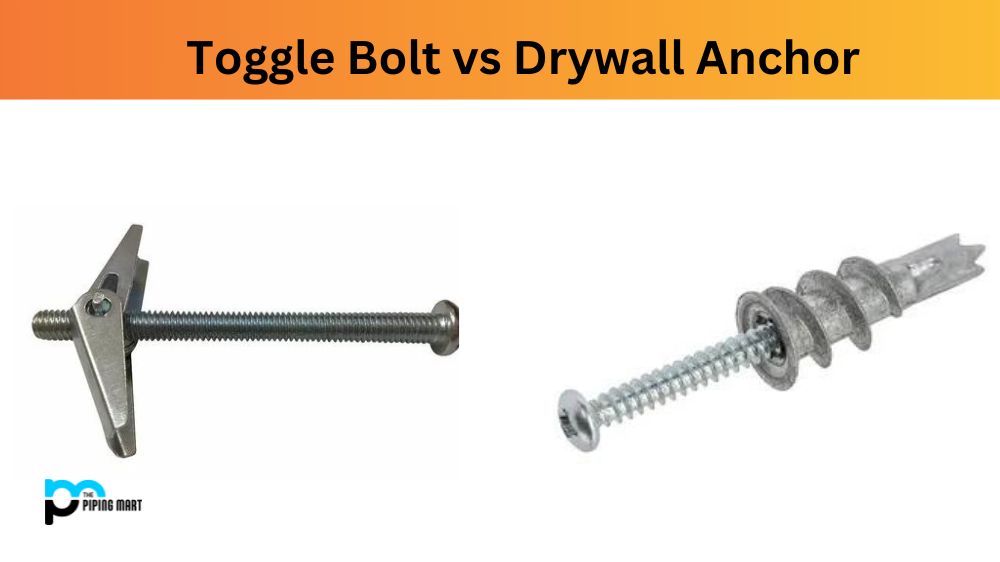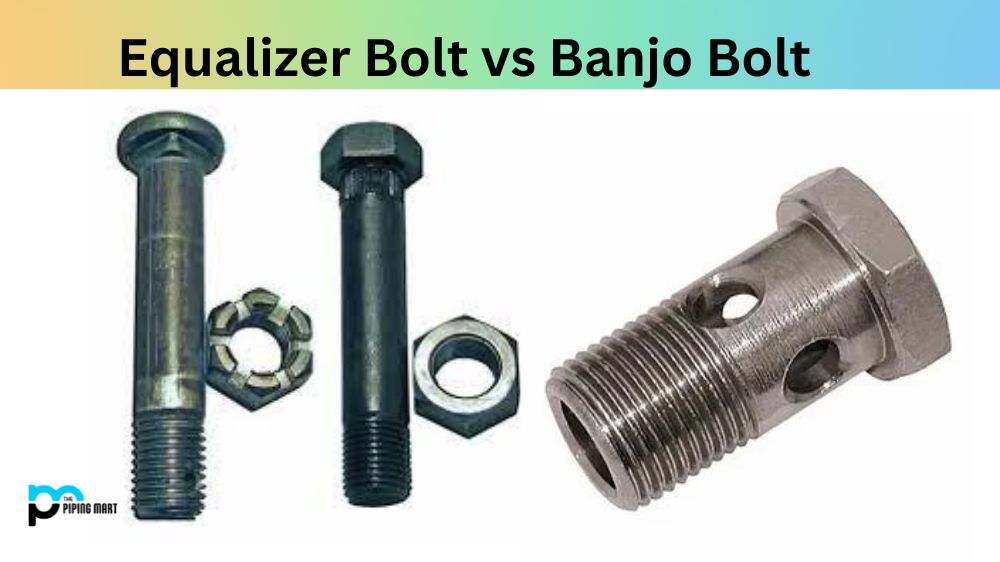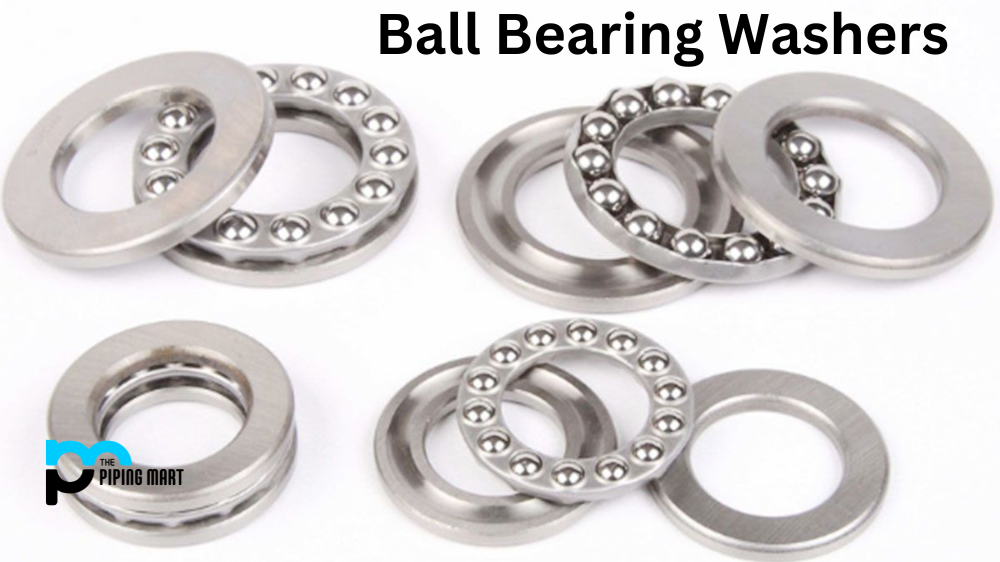Are you planning to hang something heavy on your drywall? You must be looking for a reliable wall anchor to hold everything in place without any issues. Two of the most common anchoring options are toggle bolts and drywall anchors. But how do you choose between the two? This article will help you understand the differences between toggle bolts and drywall anchors so you can confidently choose the best option for your project.
Toggle Bolt
A toggle bolt, also known as a butterfly or mushroom anchor, is a fastener that securely attaches objects to hollow walls. It consists of two parts: the toggle and the machine screw. The machine screw has specially designed wings or “ears” that expand in both directions when inserted through an appropriately sized hole in the wall and deployed against its back surface. This provides an incredibly strong hold, allowing you to confidently mount heavy loads on plasterboard walls without causing damage during installation or removal.
Drywall Anchor
A drywall anchor is a fastener used to attach items such as shelves and curtain rods to walls made of drywall or plasterboard. It typically consists of a plastic plug with a screw-in metal centre that expands when inserted in the wall, providing strong anchoring power. Drywall anchors are easy to install and remove, making them ideal for temporary hanging jobs or other applications where stability is not crucial.
Difference Between Toggle Bolt and Drywall Anchor
Definition and Function:
Toggle bolts have a long and sturdy screw attached to a spring-loaded. When the screw enters the wall, the wings fold up such that it grips the back of the drywall. On the other hand, drywall anchors use a plastic sleeve that is pushed into the drilled hole. These sleeves expand when the screw is inserted, which creates a support base for the screw to hold onto.
Weight Capacity:
Choosing the right anchor is crucial if you want to hang something heavy on your wall. Toggle bolts are generally more robust than drywall anchors and can hold up to 50 pounds, making them ideal for larger wall fixtures. On the other hand, drywall anchors have a different heavy-duty strength and can support up to 10-20 pounds.
Installation process:
Toggle bolts can be tricky to handle when it comes to installation. They require a larger hole to be drilled to attach them and a bit of finesse to get everything aligned properly. On the other hand, drywall anchors are simple to insert, requiring only a small hole to be drilled. So, if you’re looking for easy installation, drywall anchors are a better option.
Cost:
The final factor to consider is the cost of each anchor option. Toggle bolts are pricier because of their construction. On the other hand, drywall anchors are relatively cheap and widely available at most hardware stores. So, if you need many anchors or are on a budget, drywall anchors are a better option.
Applications:
Choosing the best anchor for your project also depends on your application. You can use toggle bolts for wall-mounted televisions, shelves, and other large fixtures. On the other hand, drywall anchors are ideal for hanging small items such as picture frames, clocks, and other light decorations.
Conclusion:
In conclusion, Toggle bolts and drywall anchors serve the same purpose of holding objects against the wall. However, toggle bolts are more suitable for hanging heavier objects, while drywall anchors are ideal for lighter objects. The decision on which to use depends on the weight of what is being hung, how many anchors are needed, the installation process, and the cost. Keep in mind the differences listed above when selecting the right anchor. Happy Hanging!

A passionate metal industry expert and blogger. With over 5 years of experience in the field, Palak brings a wealth of knowledge and insight to her writing. Whether discussing the latest trends in the metal industry or sharing tips, she is dedicated to helping others succeed in the metal industry.




